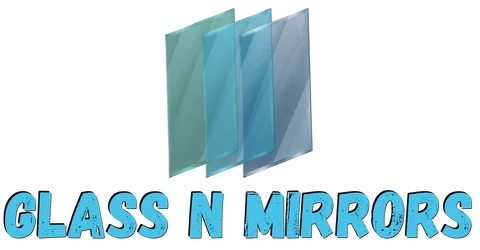Glass cutting boards are quite old now and as I started making some timber cutting boards lately, I often thought, why do glass cutting boards exist?
Glass cutting boards exist because they’re easy to clean and more scratch-resistant than other types of boards. They are also great at resisting fungus although they are tougher on your knives.
In this article, you will discover the honest pros and cons of glass cutting boards so you can make an informed decision when it comes to buying one. The advantages we will explore in-depth include ease of cleaning, practical durability, and overall safety.
Just to be 100% transparent here, I actually do not like glass cutting boards at all, and my reasons are very factual. Over the last 10 years, I spent a lot of time making end grain cutting boards and looking into the science behind cutting boards.
I will explain more on this further in this article but I wanted to write this article to make sure you fully understand the pros and cons of glass cutting boards to ensure you make the best buying decision.
Table of Contents
- 1 Glass Cutting Boards: Profit or Popularity?
- 2 What Are Glass Cutting Boards Good For?
- 3 The Pros Of Glass Cutting Boards
- 4 Cons Of Glass Cutting Boards
- 5 Final Thoughts
- 6 Hot Glass vs Cold Glass – What’s The Difference?
- 7 Can Quartz Be Made Into Glass? Guide On Quartz & Glass
- 8 What Is Panda Glass | Ultimate Guide To Panda Glass
Glass Cutting Boards: Profit or Popularity?
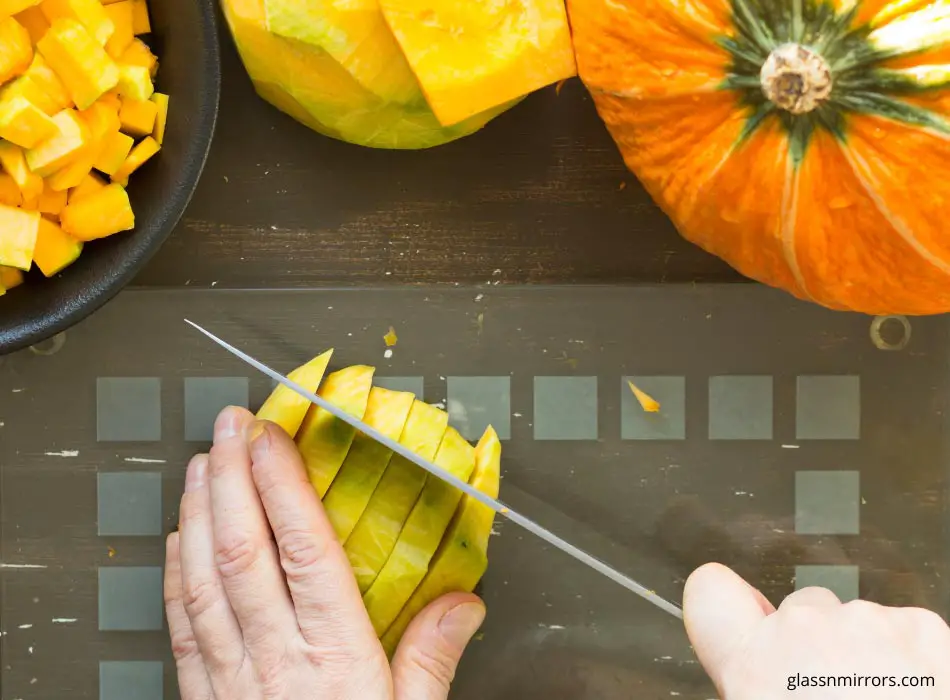
Some believe that the benefit of non-porous cutting boards is coincidental and that the real reason they exist has more to do with profits. These products are usually manufactured by companies that specialize in glassware instead of kitchen equipment corporations.
In other words, glass cutting boards don’t exist because glass is prioritized as the best cutting board material. Instead, cutting boards are made out of glass by glassware companies because they believe a glass cutting board can command a higher price per pound of glass used compared to things like glass jars.
In the profit hypothesis, the popularity of glass as the cutting board of choice is the key reason such boards exist. The reason why glass cutting boards are popular could be purely aesthetic.
Hot glue is good for gluing glass together.
What Are Glass Cutting Boards Good For?
To zero in on why a specific product is popular, we must look at its benefits. In most cases, the advantages of acquiring a specific product explain its popularity. So, let’s look at what could make people love glass cutting boards.
Glass cutting boards are great for placing hot items down and for their resistance to fungus. They’re best used for kneading and rolling because they have a truly flat surface, and they don’t require wax paper or deep cleaning.
Glass cutting boards are really
bad for your knives!
Glass cutting boards do not scratch easily because they are not made with plain sheets of glass like a cabinet window. They’re made with tempered glass and are thick enough to withstand knife chopping but not durable enough for a cleaver.
So the assumed fragility of glass chopping boards keeps them from becoming even more popular. Usually, people get these boards for kneading dough and are surprised to find the cutting board glass to be so durable. After that, they try cutting fruits and vegetables over the glass board and discover no scratches.
I surveyed a bunch of people on Facebook and asked them to list some positives or negatives about glass cutting boards. Here is what I got.
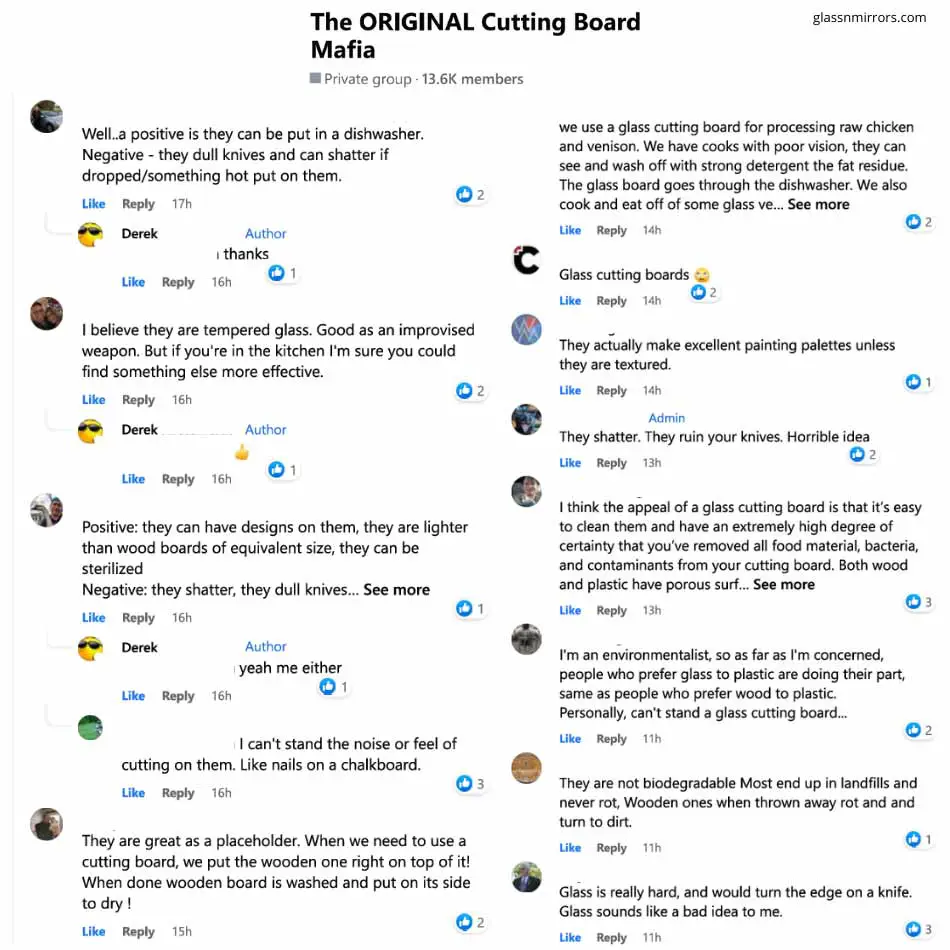
You don’t have to go through that process now that you know that glass cutting boards don’t scratch easily. If that was your only concern with getting one, then you might want to visit Amazon and order one online.
But to make a well-informed decision, you should consider all the pros and cons of glass cutting boards. After all, there could be certain drawbacks that you don’t even know that you don’t know.
The Pros Of Glass Cutting Boards
Lower risk of cross-contamination
One of the most visually appealing properties of glass cutting boards is their transparency. Consequently, glass boards are almost never colored into opaqueness. On the other hand, chopping boards made from other materials including supercooled liquids like resin are often opaque.
This results in leftover food going undetected in cases where the item being chopped is the same color as the board. With other items being chopped on top of the residue from the previous session, chances of cross-contamination skyrocket.
Whilst seeing what is on the board is helpful, this does not mean that glass cutting boards are great are reducing bacteria. See more below.
Don’t splinter when scrubbed
As mentioned above, porous surfaces like wood aren’t ideal for cutting boards. The wood used in chopping boards, therefore, has a protective coat. Unfortunately, this coat can come off with repeated use and vigorous scrubbing.
If you use steel wool to clean your cutting board, not only can you expose the pores and turn the board into a microbial growth hazard, you can also splinter the wood surface. Wood splinters can enter soft chopping material like tender chicken and cookie dough. It doesn’t need to be said that ingesting such an item is dangerous.
While glass splinters can wreak havoc on one’s biology too, they aren’t found on glass cutting boards. This is mainly because glass splinters when shattered not upon being scratched. You can scrub a glass chopping board as much as you want without splinters forming on the surface. Moreover, the surface will never become porous because it doesn’t have a coat blocking its pores: it has no pores throughout its structure.
Easier to store
When you get a glass cutting board, you don’t have to worry about where you’re going to store it. Since glass density is higher than that of wood, it doesn’t need to be too thick to provide the support required for chopping. That’s why glass boards aren’t impractically thick.
They are light enough to carry and can be set inside a cabinet with limited space.
Not as expensive as resin and hardwood boards
Glass cutting boards can be appealing because they look expensive but aren’t actually expensive. In fact, most glass cutting boards are cheaper than their hardwood counterparts. This is in part due to the time required to make each type of board.
A glass board needs to be blown into shape while a hardwood board has to be cut from a more expensive source, and needs to be polished. Aside from wooden cutting boards, resin boards lead the market in popular demand. Resin is much more expensive than glass even though both materials are supercooled liquids.
Glass is also more eco-friendly and can be recycled. This is where the cutting board has an edge over plastic counterparts. The reason plastics seem to take over the market supply is that they’re usually cheaper.
There is little to no cost advantage to opting for glass in the presence of plastic boards. But if you consider the choice over the long-term, plastic boards are more expensive than glass cutting boards simply because glass ones don’t require replacement as often.
High usage durability
As mentioned above, you’re less likely to replace a glass cutting board compared to a wooden board or a board made of plastic. There’s a caveat to glass’s durability, though. While glass boards are durable in the context of everyday use, they’re quite vulnerable when it comes to motion impact.
We’ll discuss motion impact in the drawbacks section. Since it is not standard practice to hit things with a moving glass board, the vulnerability doesn’t pose a serious threat to the board’s longevity unless you store it in an awkward manner where it can easily fall down.
While using the cutting board, you’re more likely to use knives on it, scrub it with steel wool, and a harsh sponge. None of those will wear out the glass board the way they would scratch and thin plastic or a wooden board. The only cutting board that matches glass’s durability, and even surpasses it is an epoxy resin board but they’re far more expensive than the glass options.
Have you ever wondered why glass has a shadow? Glass cutting boards are subject to this!
Cons Of Glass Cutting Boards
Greater Risk Of Harboring Bacteria
Some time ago, Dean Cliver from the University of California (Davis) did a series of laboratory tests involving all types of cutting boards and how they harbor bacteria.
| It revealed that those using wooden cutting boards in their home kitchens were less than half as likely on average to contract salmonellosis, while those using synthetic (plastic or glass) cutting boards were about twice as likely as average to contract salmonellosis. Dean actually found that disease bacteria in wooden cutting boards actually did not multiple and died off within minutes of forming. On the other hand, boards like glass and plastic allowed bacteria to grow exponentially! |
Glass Will damage your knives
When it comes to the chopping action, two strong materials clash at a high frequency. Usually, it is the cutting board that takes damage because steel is harder than wood and plastic. Various techniques are used to reduce the scratches including the halfway chop motion and “lift the knife” technique where the downward motion is slow and deliberate while the upward lift is swift and quick.
This can be quite time-consuming and can make cooking stressful. With glass cutting boards, you don’t have to worry about damaging the board with your knife because the board will damage your knife instead.
The sad reality of the physics of chopping is that one of the materials has to wear out the other. You will need to sharpen your knives more often and will have to eventually replace them if you opt for a glass cutting board.
Glass can shatter easily
In the pros section, while discussing the durability of glass boards, we went over motion impact. While glass doesn’t buckle under the chopping motion, almost any other motion impact can shatter it. Since you’re not going to take a baseball bat to your glass cutting board, this drawback doesn’t apply in most cases. There are few instances where it applies, though.
- You hand the glass board – If your cutting board hands from a hook in your cabinet or on top of your counter, it can fall and shatter.
- You use the board to carry ingredients – If the board is used to carry ingredients to the pan, you risk dropping the glass board and breaking it.
- You have a tiled kitchen floor – Glass doesn’t usually shatter when it falls on carpeted floors but kitchens rarely have full carpet coverage if they have any, to begin with. Most kitchens have tiles and most tiles are harsh on falling glass.
Be careful as broken glass is hard to clean up and glass does not float.
Slippery surface
Another key drawback of glass cutting boards is that they are relatively slippery.
Glass boards are smooth and excellent for kneading and cutting dough (which is naturally stickier). But when it comes to items like chicken, you need to offset the glass’s lack of traction with an uber sharp knife.
If the knife is even slightly blunt, it will only force the item on the board to move. Ironically, you’re more likely to find your knife to be blunt when you use it on a glass board. This brings us to the final drawback of glass cutting boards.
Requires more effort
Overall, having a glass cutting board entails putting in more effort. You will save time cleaning the board and will not require a lot of effort in that aspect. But when it comes to the actual chopping action, you’ll have to hold down the items more firmly and will need to pay more attention to avoid coming in contact with the knife blade.
You will also have to sharpen your knives semi-regularly as they will lose their edge while glass board chopping requires them to be sharper than usual.
If glass cutting boards are not so great then why are phone screens made of glass? I discovered the real truth!
Final Thoughts
As a good chopping board, glass is not a great choice as it will harbor more bacteria than compared to wood and it will blunt your knives quite fast. Glass boards are also very noisy when cutting on them.
You should use a glass cutting board if most of your work involves kneading or dough cutting and that’s about all.
If you don’t mind sharpening your knives often and want peace of mind regarding food safety, glass cutting boards can be lucrative. But if you want to have an easy time chopping, get plastic or a wooden board, and make your peace with replacing it within the year.
-
Hot Glass vs Cold Glass – What’s The Difference?
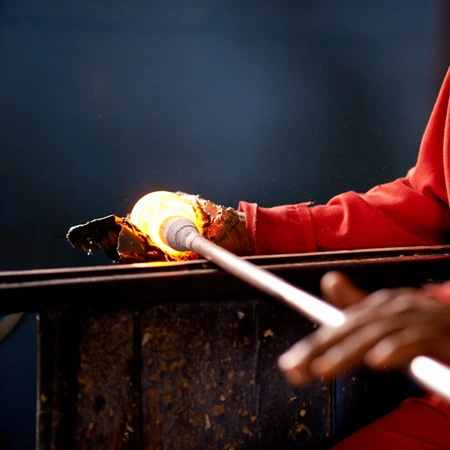
When most people think of glass, they probably think of windows or drinking glasses. But there is a lot more to glass than that. In fact, there are two main … Keep Reading
-
Can Quartz Be Made Into Glass? Guide On Quartz & Glass
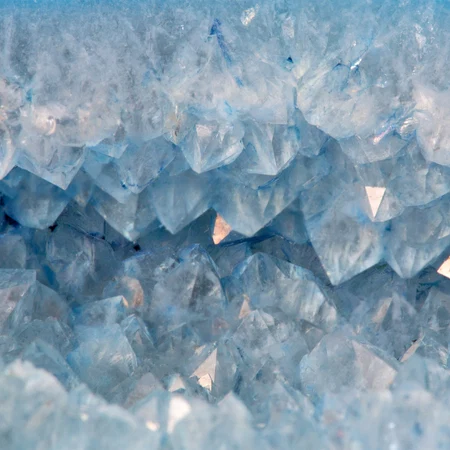
Glass making is a process that involves heating and cooling sand and other minerals. You may wonder whether it is possible to make glass out of quartz. Glass is made … Keep Reading
-
What Is Panda Glass | Ultimate Guide To Panda Glass

When looking for a new phone case, you may have encountered the term “panda glass.” A variety of phone cases on the market use this type of glass. But what … Keep Reading
